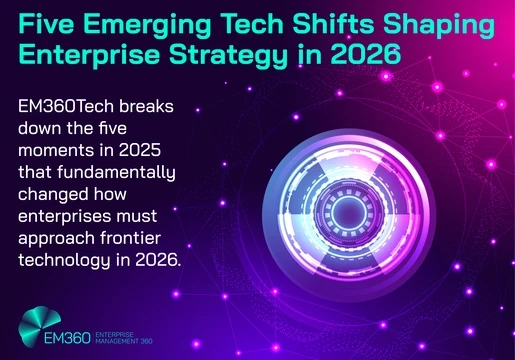The larger your organisation, the more pressing your need is for an enterprise architect. What's driving this is digital transformation. Across the enterprise, IT strategies, data, and the like have shifted from 'none of my business' to everyone's opportunity to innovate. However, the gap between IT- and business-centric roles makes moving forward more difficult.
Thus, to bridge this gap, many organisations are seeking the help of enterprise architects. They also bring a host of benefits beyond just your transformation.

What is an enterprise architect?
Enterprise architects work with organisations to turn their business strategy into a reality. In turn, they design and roll-out an IT systems architecture that encompasses the strategy and its goals. In their nature, enterprise architects not only have a thorough understanding of business, but in technology too. What's more, they can hone in on their business knowledge to help you design your business strategy, if necessary.
These architects can design an architectural blueprint for you to review. Here, you can judge sustainability, flexibility, and, most importantly, effectiveness of the model.
Beyond this, their other responsibilities span a wide range of tasks. Typically, enterprise architects can also optimise information management strategies, often zeroing in on their knowledge of business and technological requirements. What's more, they are sort of a jack-of-all-trades in that they can assist in numerous areas. This includes developing policies and guidelines to drive development of IT. As well as this, enterprise architects can help you oversee risks associated with IT assets, particularly those to do with security policies. Ensuring end-to-end processes, which is unavoidable in the transformation landscape, can also be made much simpler with an enterprise architect at hand.
Perhaps an unexpected perk of enterprise architects is the qualities and traits they often come with. For example, they often have great communication skills. Firstly, this is useful when addressing seniors for what needs doing and why. Furthermore, they are able to relay tech-heavy information to less tech-inclined members of the organisation. That way, enterprises can ensure transparency across staff. While these don't present themselves as burning necessities, you'll find that with an enterprise architect at hand, your CIOs and executives will enjoy great relief.
Enjoy this article? Why not check out this Tech Chat episode on how to become more data-driven.







Comments ( 0 )